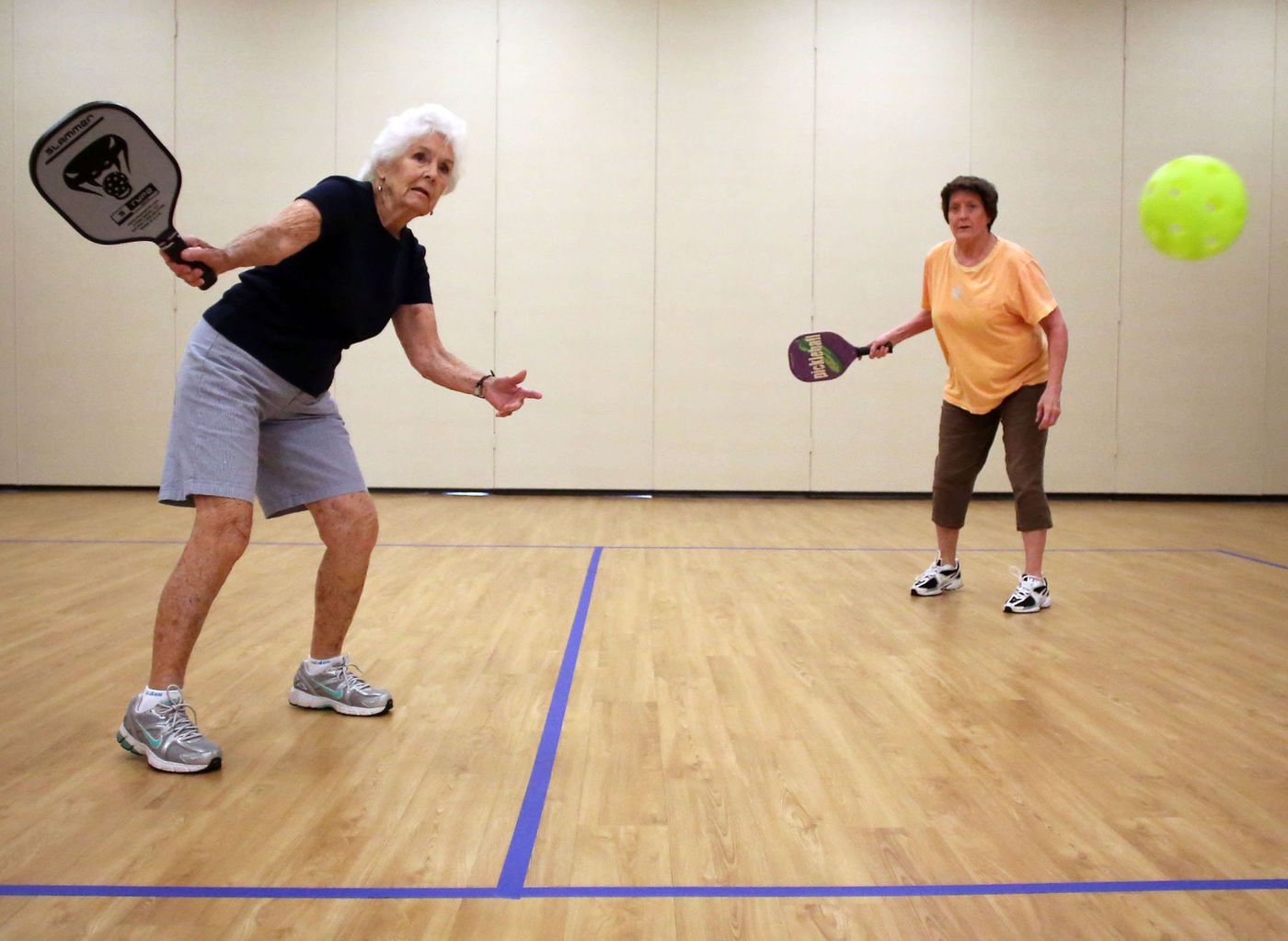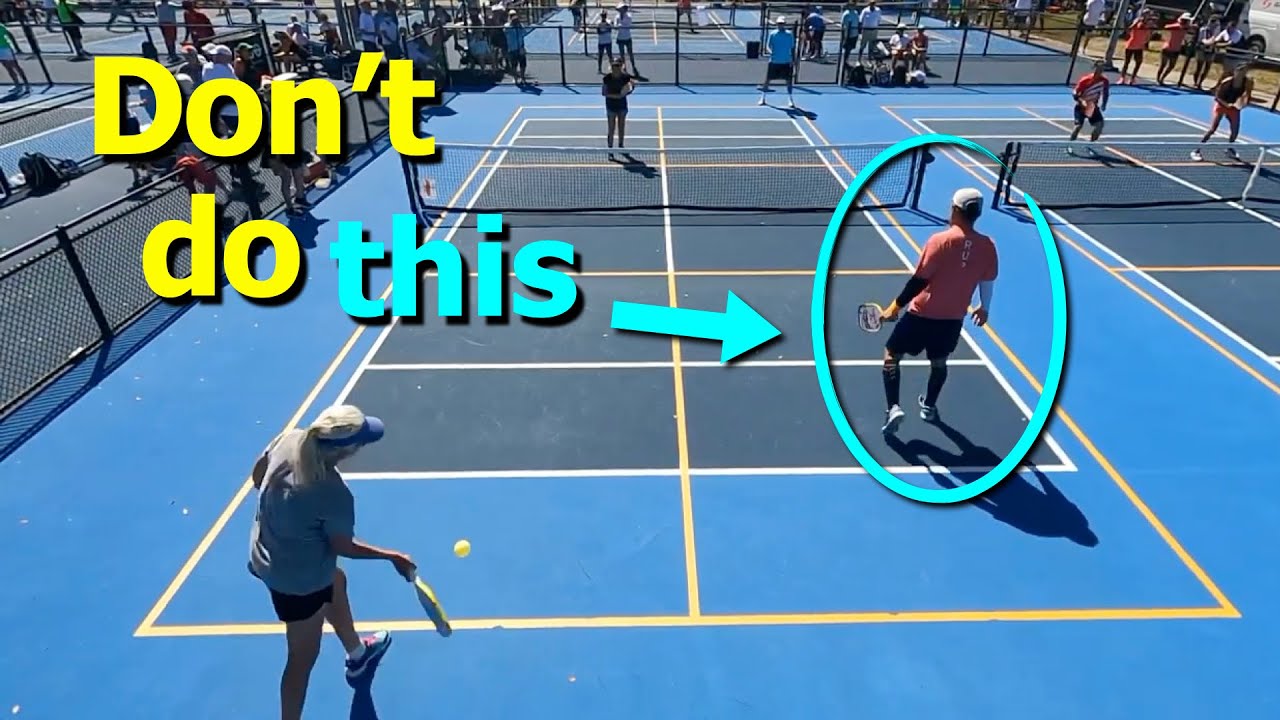
Many sports and media are interrelated. The United States sports leagues pay huge amounts of money to broadcasters, media firms and other entities. These companies can then recoup these costs by selling advertising time during sports shows and games.
Television coverage of sports increased as the popularity of the sport grew in the late 1950s. This increased interest in sporting events also led to an increase in the cost of televising the games. Museum of Broadcast Communications reports that the cost of televising National Football League games was $50 million in 1970.
In the 1970s, the cost of televising sports was growing at an exponential rate. Advertisers could benefit from increased costs for sports programming by the networks. By the 1980s, such programming was almost non-existent in the market. Three major networks broadcasted fifteen hundred hours worth of sports in 1985.

Gillette Cavalcade of Sports, which ran between 1954 and 1985, was one of TV's most popular sports programs. It was a twenty-year-old experiment sponsored by one corporation. After the show was over, Gillette's marquee was replaced by a variety buyers who sold sports ads.
The World Series of Baseball was another notable program. The prize money would be millions of dollars and each team would also receive huge amounts of advertising revenue. Fox, in particular, took in $20 million per game during the 2002 World Series.
The sports media landscape has undergone significant changes in the last decade. In the past decade, distilled spirits and hard liquor have become increasingly prominent on sports television. Additionally, television advertising has tripled in beer ads. In addition, women were treated as props that had sex appeal. Sports media has slowed down in shock since 2004.
The audience size is a key factor in the success or failure of sports media. Boys to Men conducted research in 2005 and found that 98% US teenagers watch at most one form of sports-related television. Among the most viewed sports programs were basketball, football, golf, and baseball.

Although the number of television hours spent on sports was increasing, the viewership for many of these programs decreased. The number of hours viewed by men fell by 6% in late 1990s, especially for soccer and football. Even so, the viewership for one sport was still impressive, especially for soccer and football.
Numerous other media outlets have attempted to capitalize on the youth wave. ESPNU, a college-only station, was launched by ESPN in March 2005. Fox also recently launched FuelTV, a digital channel for younger viewers.
Sports programming has been around since the beginning of time. However, its central role in primetime network programming has been reclaimed only in the past decade. This growth is due to increased public interest and better coverage.
FAQ
What happens if there isn't enough sleep?
Lack of sleep means that your brain does not receive enough signals to regulate hormones. In turn, this can cause you to eat more and gain weight. Insufficient sleep can lead to stress, which can cause overeating.
What effects does caffeine have on my sleep patterns?
Caffeine influences how quickly and how well you fall asleep. Caffeine is known to cause drowsiness. This makes falling asleep easier. The downside is that caffeine keeps you awake longer making it harder for you to fall asleep again. If you drink coffee or energy drinks right before bedtime, try drinking them later in the evening instead.
Do I need a warm-up before I go?
Warming up before a sport can help reduce muscle soreness and increase performance. You can use several methods to warm up: walking, running, jumping rope, stretching, and cycling are just a few examples. You can start slowly and increase your intensity gradually.
Statistics
- According to the Centers for Disease Control and Prevention, chronic diseases cause 7 out of 10 deaths in the U.S., and treating chronic diseases accounts for 86% of U.S. healthcare costs. (mana.md)
- Globally, 28% of adults aged 18 and over were not active enough in 2016 (men 23% and women 32%). (who.int)
- One study showed that adults who watch more than 4 hours of television daily had an 80% higher risk of death from cardiovascular disease. (heart.org)
- In high-income countries, 26% of men and 35% of women were insufficiently physically active, as compared to 12% of men and 24% of women in low-income countries. (who.int)
External Links
How To
How to Enjoy Zumba Classes
There are many ways to enjoy Zumba class. It is important to pick the right option that suits your needs and goals.
Zumba classes may be attended at any Zumba Studio. Many studios are found in malls, shopping centres, schools and universities. If you want to learn how to dance or just exercise, you can find a Zumba class near you. Zumba classes are free. There are no annual fees, monthly payments or membership fees. Just show up to start dancing.
Online Zumba can be enjoyed in a variety of ways. There are many websites that offer free Zumba videos. These videos can also be viewed from anywhere: home, office and church as well. These videos can be downloaded to your computer so you can play them whenever you want.